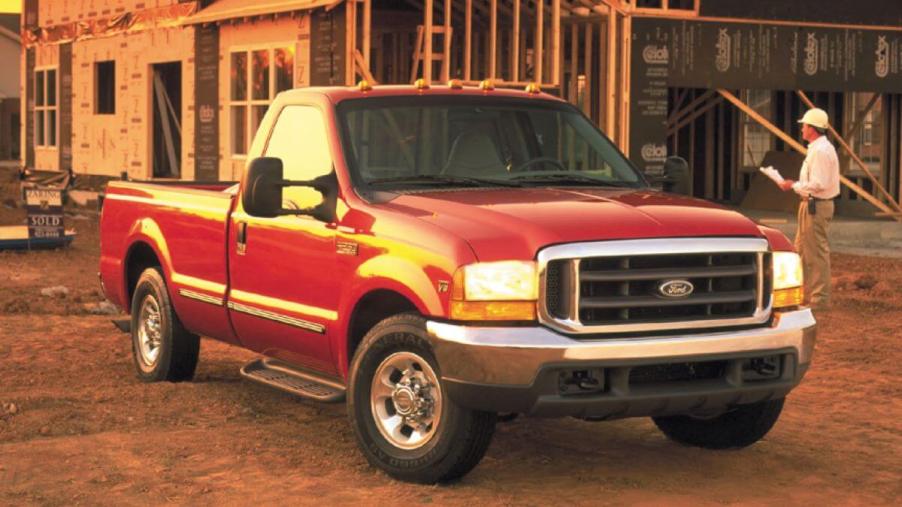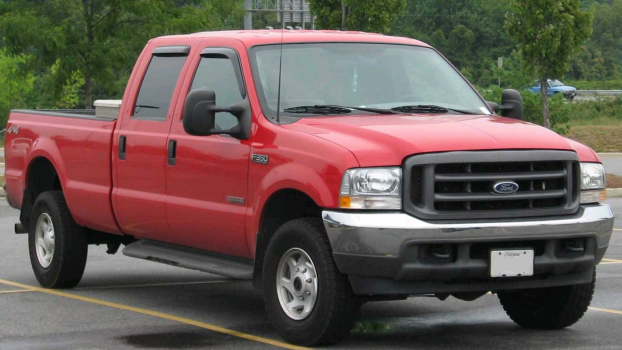
Legendary Ford 7.3-Liter Power Stroke Diesel: The Good and Bad
The Ford 7.3L Power Stroke engine is legendary in diesel circles. It is one of the main reasons the 1999 to 2003 Ford Super Duty trucks are still so popular today. Its reliability is unsurpassed, and it was produced just before emissions regulations added to diesel engines’ cost, complexity, and reliability. There is a lot of good to Ford’s 7.3L engine, but there are also issues that become more pronounced as these diesel workhorses age.
What the Ford 7.3-liter Power Stroke diesel engine does well
There is really too much that’s positive about the Ford 7.3L Power Stroke to condense in an internet post. We’ll just touch on some of the highlights. First, these engines are seeing 500,000 miles without major issues. That’s amazing.
The 7.3L is the largest displacement available in a diesel truck. It also claims the biggest cylinder bores and almost the longest stroke for that extra torque. Its HEUI injection system is the first of its kind and has stood the test of time. These Super Duty trucks continue to garner high prices, and the 7.3L Power Stroke is the main reason why.
With 235 hp and 500 lb-ft of torque, the 7.3L lacks the four-figure horsepower we see today, but that is easy to fix. You can always go with a larger turbocharger, but the Garrett turbo has proven its worth. It also has a unique oiling system that uses drip technology instead of external oil lines.
The aftermarket fully embraced the engine years ago, so plenty of other go-fast additions for modifying your Ford Power Stroke won’t break the bank. These include PCM enhancement chips, hybrid injectors, high-pressure oil pumps, and larger fuel pumps. Additionally, there are also low-pressure oil pumps that increase flow and pressure while reducing cavitation, according to Diesel World.
Problems as the Power Stroke engine ages
Most of these issues happen due to attrition, which is understandable when discussing 300,000 to 500,000-mile engines. The main one is the Injector Pressure Regulator or IPR. With age, they can stick, the seals can go south, its sensors can quit, or wires to power it can become damaged. One quick note: Don’t use thread sealer if you DIY a replacement. An orifice within the run of threads needs to be open.
The Injector Driver Module or IDM can become compromised from wet weather over time. This could be the culprit if your Ford Power Stroke engine is getting hard to start, won’t start, or runs rough. Check for wire damage and moisture. The IDM is easily accessible and mounted on the driver’s side fender.
The Cam Position Sensor or CPM failure is probably the most common problem with the older 7.3L Power Strokes. Hard and/or non-starting can be a result, but Diesel IQ suggests there is an easy way to check if it is good on older body style (OBS) Ford Super Duty trucks. When cranking the engine, if the tach needle moves, your CPM is functioningcorrectlyy. If not, replace it. They’re cheap, so buy two and keep one in the truck, just in case.




